In strength training, progress isn’t just about lifting heavier weights; it’s about making choices that allow you to train hard, recover well, and stay consistent. One of the most underrated ways to improve performance over time is through smart exercise selection, especially when it comes to managing fatigue.
Enter the B-stance deadlift: a versatile hinge variation that helps lifters maintain movement quality while reducing systemic load.
This blog post will break down:
-
What the B-stance deadlift is
-
Why it matters for fatigue management
-
How to apply it in your own training
-
What younger coaches should learn from this tool
Let’s dive in.
What Is a B-Stance Deadlift?
The B-stance deadlift (also known as a staggered-stance or split-stance deadlift) is a variation that falls between bilateral and unilateral lifts. You place about 80-90% of your weight on one leg, while the other foot acts as a kickstand behind you.
It resembles a single-leg deadlift but doesn’t require the same level of balance or coordination. That makes it a great hybrid movement, offering many of the benefits of unilateral training, such as increased muscle activation and motor control, without the technical demands.
Check out this breakdown of the B-Stance Deadlift:
Why Use the B-Stance Deadlift?
1. Manage Fatigue Without Sacrificing Pattern Exposure
The top reason to program B-stance deadlifts is simple: fatigue management. If you're already pushing heavy weights on squats and conventional deadlifts, especially in high-volume phases, adding another heavy hinge (like Romanian deadlifts or good mornings) might be too much for your nervous system or lower back to handle.
The B-stance variation provides a similar muscular stimulus with reduced overall load, giving you the hinge exposure you need without digging a deeper recovery hole.
This is where smart periodization comes in. You don’t need to eliminate the movement pattern, you just need a smarter way to train it.
2. Target Muscles Differently Through Setup
The narrow, asymmetric stance naturally changes how your posterior chain (glutes, hamstrings, and lower back) engages. Because most of your weight shifts to the lead leg, you challenge motor control and increase muscular activation without increasing load.
You'll also notice a slight internal rotation bias at the hip, which further alters the recruitment pattern and introduces a subtle yet valuable coordination challenge.
3. Increase Core Stability With Anti-Rotation Demand
If you hold a dumbbell in the opposite hand from your lead leg (a contralateral setup), the B-stance deadlift becomes an anti-rotation challenge. Your torso must resist twisting, which enhances core engagement and stability, especially in the obliques and transverse abdominis.
This isn't just about the abs. Your hips, glutes, and adductors also play a stabilizing role, providing you with more total-body benefits from a relatively simple setup.
When It Makes Sense in a Program
Let’s say you’re back squatting heavy on Tuesday and deadlifting heavy on Friday, two big and demanding sessions. If you try to incorporate a high-load hinge, such as a good morning, in between, your recovery will suffer.
Instead, you plug in a B-stance deadlift.
-
You preserve hinge exposure.
-
You maintain motor pattern consistency.
-
You lighten the load on your system.
This is smart exercise selection in action. The movement stays in the rotation, but the fatigue doesn’t.
A Lesson for Younger Coaches: Think Recovery First
For younger coaches, this is where the learning curve really starts.
Too often, exercise selection is reduced to muscle targeting or movement variety. But elite programming requires a deeper lens: how does this choice impact the recovery curve?
At KILO, we constantly ask:
-
Does this exercise serve the movement pattern we need?
-
Can we execute it with lower fatigue cost?
-
Will it support or hinder the rest of the training week?
The B-stance deadlift often checks all those boxes. That’s why we use it, not just to train unilaterally, but to train smarter.
Not Just for the Strongest Athletes
You don’t need a 600 lb deadlift to benefit from fatigue management. Even intermediate lifters face stress from high-volume or intense training blocks. And if you’re dealing with prior injuries or chronic joint irritation, smart substitutions become even more important.
The B-stance deadlift is a perfect fit. It delivers targeted stimulus with lower load potential, meaning less wear and tear on the joints, spine, and nervous system.
No matter your strength level, the principle is the same: train the movement, manage the load, and recover better.
Inside the System: Straight to Your Inbox
Get notified when new blog posts drop. Smart strength education, no fluff.
How to Program the B-Stance Deadlift
Here’s how we typically program it:
-
When to Use It:
-
During high-volume training cycles
-
As a second hinge movement in a session
-
When managing back, hip, or knee fatigue
-
How to Load It:
-
Start with a dumbbell
-
Use contralateral or ipsilateral setups depending on the goal
-
Moderate rep ranges: 6-10 per leg
-
Add a slower tempo or pauses to increase time under tension
-
How Often:
-
1-2 times per week as an assistance or remedial hinge
-
Key Coaching Cues:
-
Load the front leg 80-90%
-
Keep the back foot light, just for balance
-
Square your hips and resist torso rotation
-
Move slowly and under control to maximize effectiveness
Final Thoughts
The B-stance deadlift is more than a clever variation; it’s a strategic tool for fatigue management, motor control, and long-term performance.
It helps you:
-
Preserve movement patterns
-
Protect recovery
-
Increase core and hip engagement
-
Improve unilateral stability
Whether you're programming for a high-level athlete or yourself, the B-stance variation deserves a place in your toolbox.
Smart training isn’t about doing more; it’s about recovering better.
Use tools like the B-stance deadlift to keep moving forward without burning out.

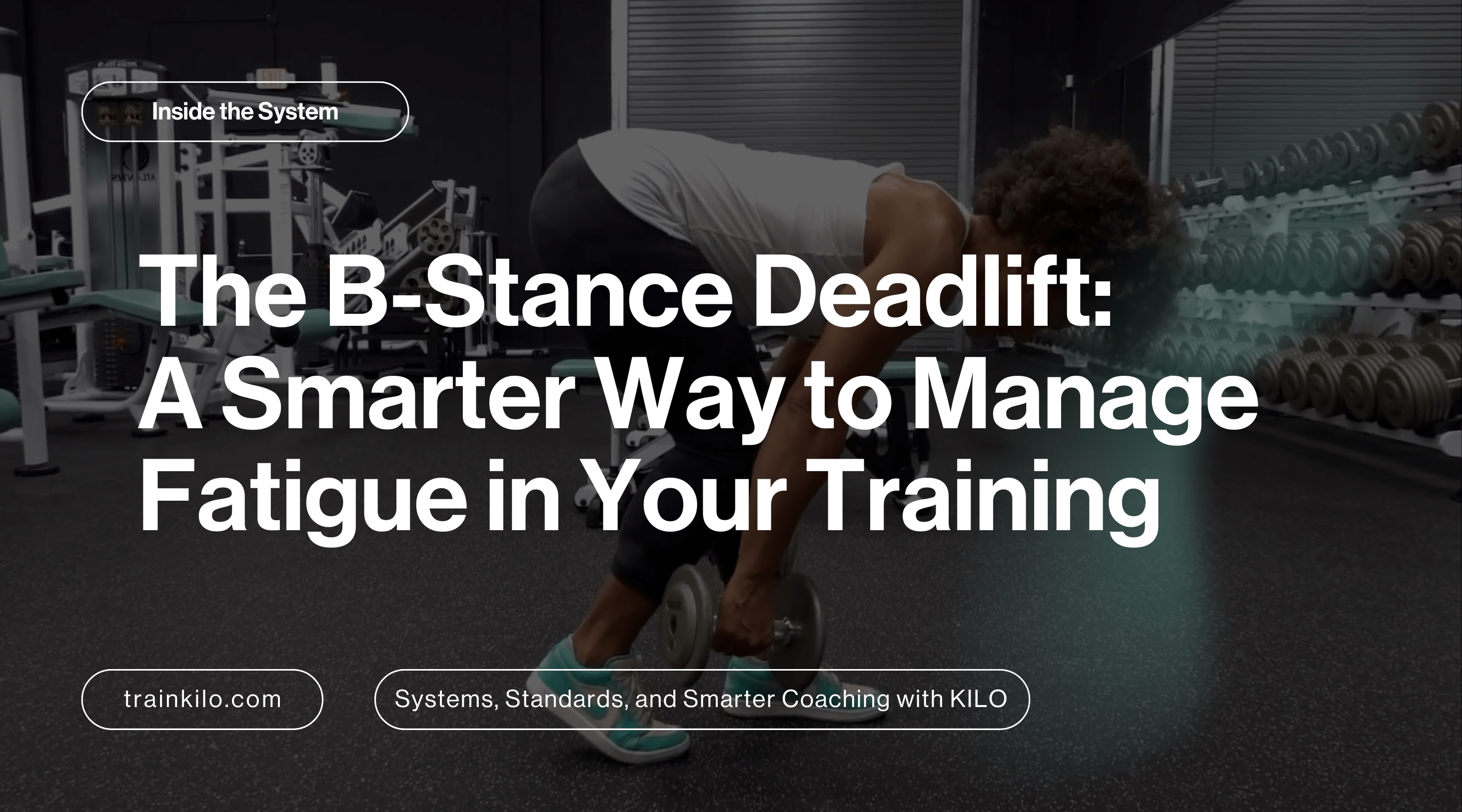
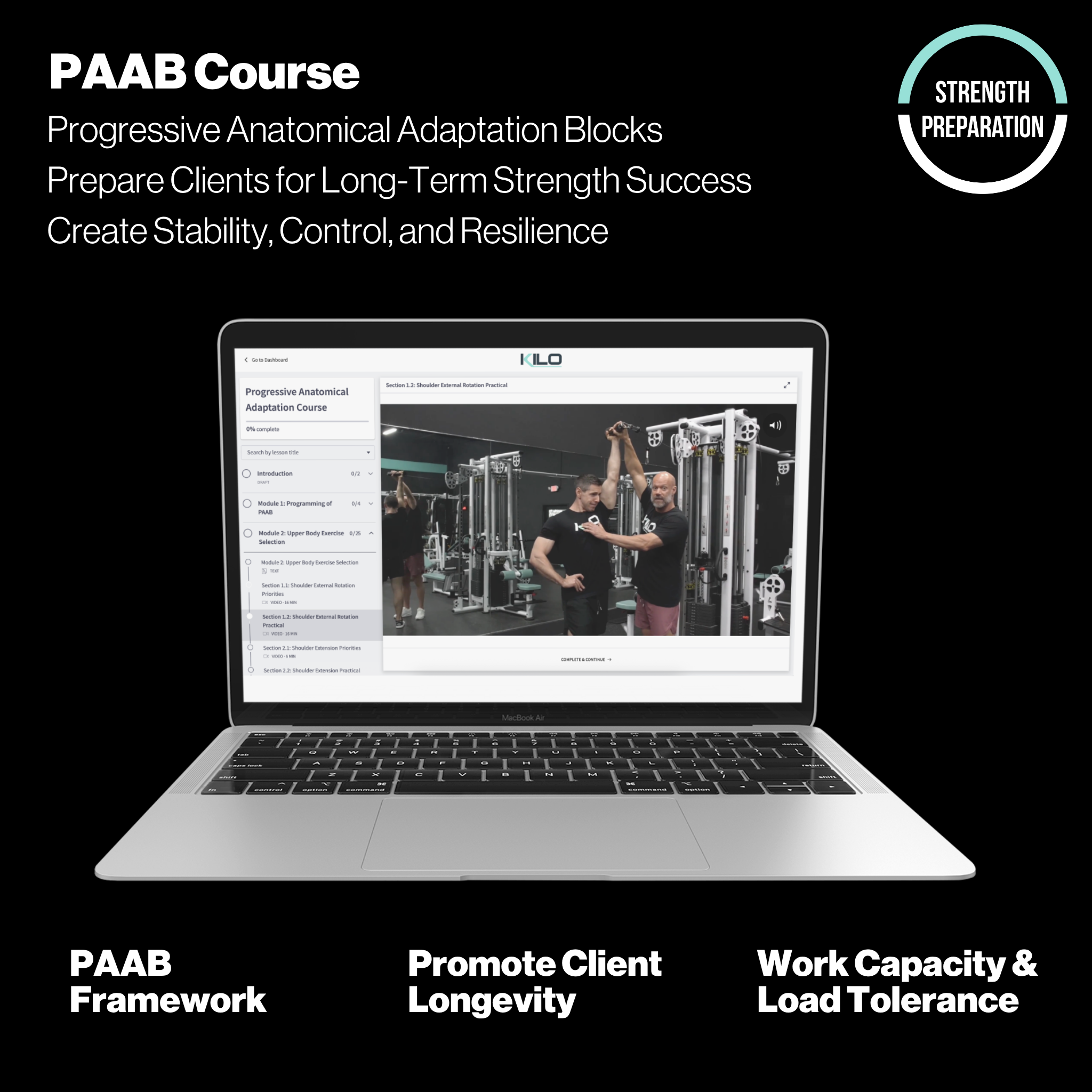
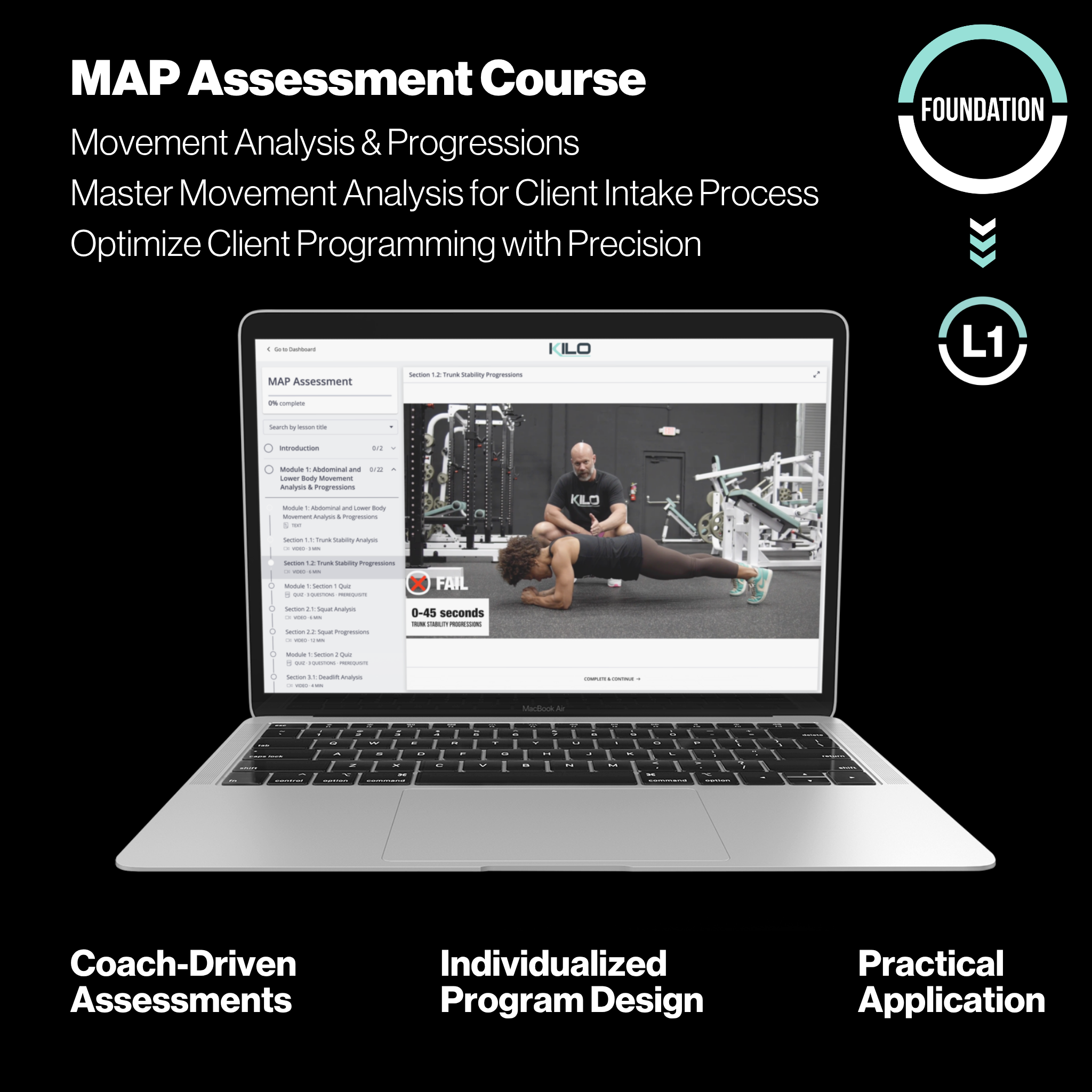
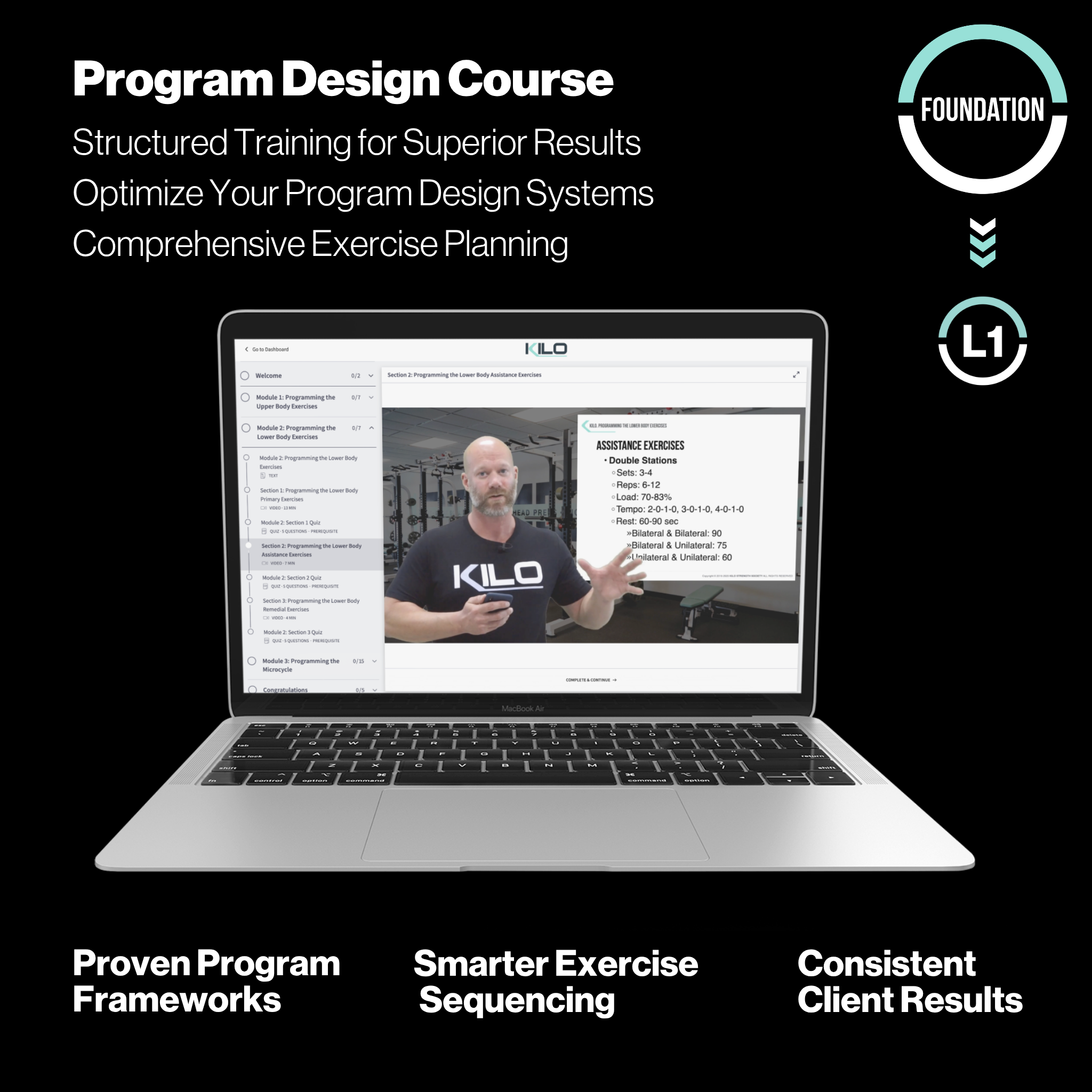


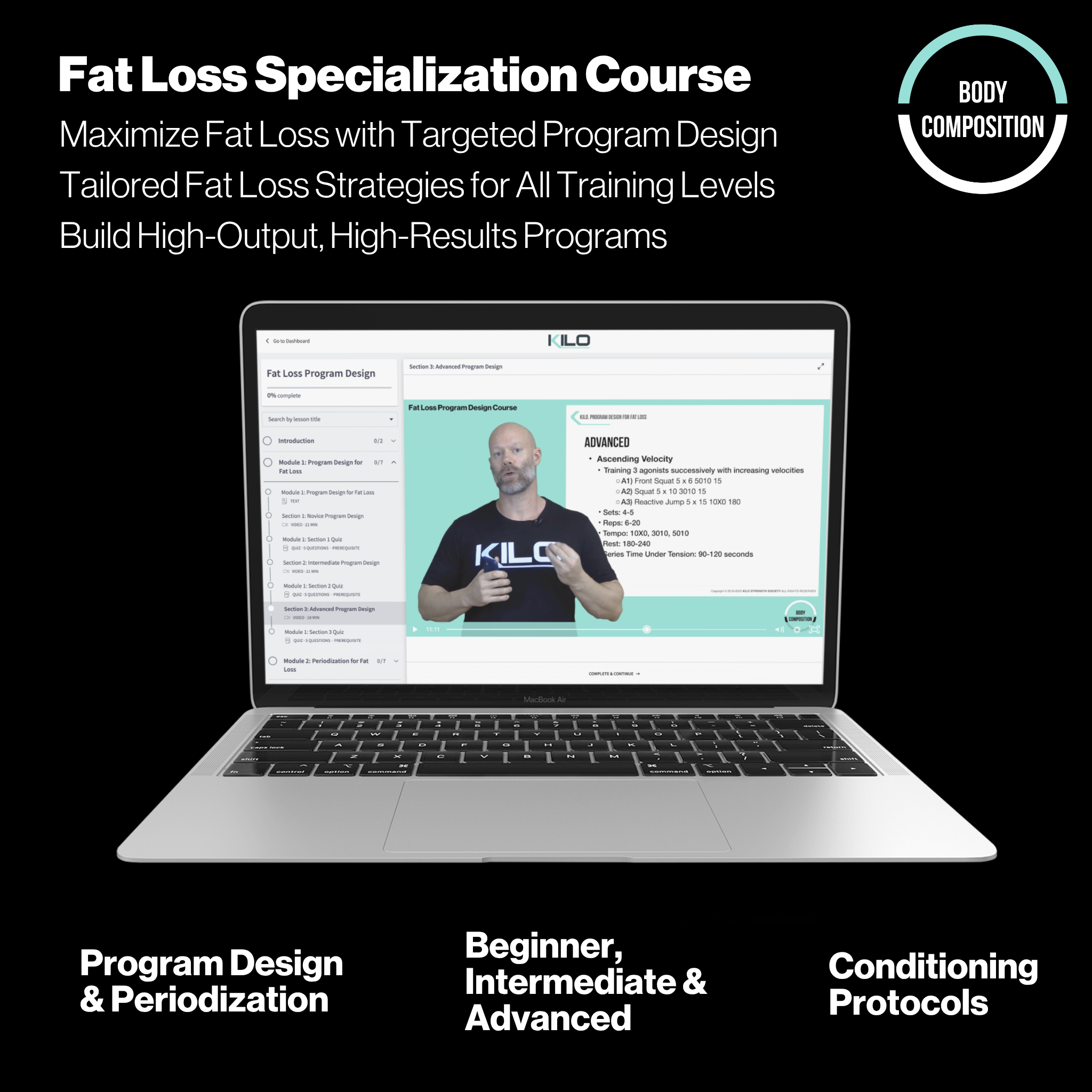
Share:
Choosing the Right Split: A Strategic Guide to Fat Loss, Hypertrophy, and Strength Training
12 Essential Books That Shaped Our Strength Training Philosophy